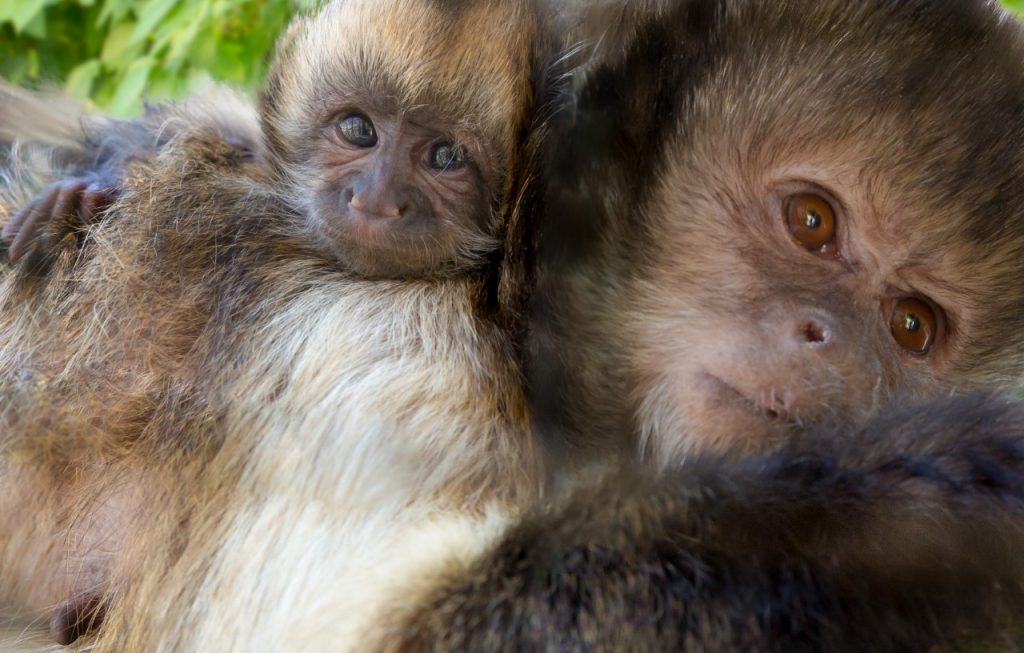Nutrition of the Tamandua: I. Nutrient Composition of Termites (Nasutitermes spp.) and Stomach Contents from Wild Tamanduas (Tamandua tetradactyla)
Citation
Oyarzun SE, Crawshaw GJ, Valdes EV. 1995. Nutrition of the Tamandua: I. nutrient composition of termites (Nasuititermes spp.) and stomach contents from wild Tamanduas (Tamandua tetradactyla). In Proceedings of the First Conference on Zoo and Wildlife Nutrition, AZA Nutrition Advisory Group, Scarborough, OT.
Abstract
Arboreal termites (Nasutitermes spp.) and stomach contents from tamanduas (Tamandua tetradactyla) were collected in central Venezuela during the mid part of the dry-season (March) of 1993 and 1994. Nutritional analyses were performed on each caste (workers, soldiers, alates), on mixed caste samples, and on stomach contents from live and road-kill tamanduas. The chemical analyses, expressed on a dry matter (DM) basis, of termite workers, which constituted the majority of the nest population, showed the highest crude protein (67% CP) and lowest DM (25%) and fat (2%) values. Ash content varied from a low of 3.7% in alates to a high of 7% in soldiers. Among the macro minerals, potassium (K) was consistently the highest with an overall mean value of 0.54%, while, the calcium level was less than half that of K (overall mean, 0.26%). Iron (Fe) was the highest among the trace minerals, but highly variable -Fe value of soldiers Fe value (1000 ppm) was 4x higher than in alates (246 ppm), and over two-times more than workers (394 ppm). The reproductive forms, the alates, which are only present in nests at certain times of the year, contained substantially higher DM (41 %) and fat (40%) which was reflected in a higher caloric value (6.88 kcal/g DM), and relatively less protein (49%). Vitamin A and vitamin E concentrations in the soldier caste was considerably higher (20 and 85 pg/g) than in the alates (0.65 and 40 pg/g) contrary to what would be expected considering the much higher fat concentration in the latter. Workers showed no detectable amounts of these vitamins. Assays for ascorbic acid were performed but no detectable amounts were found in any of the termite or stomach content samples. Acid detergent fiber (ADF) was lower in the softer bodied alates (13%) and workers (27%) as compared to the harder more schlerotized soldiers (35%) consistent with what may be expected. Fatty acid analysis of the lipid fractions indicated that the alate’s fat is more saturated (39%),while soldiers and workers had a much higher polyunsaturated fatty acid (PUFA) concentration (30 and 15%) than alates (8.6%).
Noticeable differences were found in the nutrient profile of tamandua stomach contents when compared to the overall mean composition of Nasutitermes spp. termites. The overall mean values for vitamin A and vitamin E in termites (7.42 and 92.5 .?g/g) exceeded by more than 2-fold the levels found in tamandua stomach contents (2.52 and 44.4 ?g/g). The comparative fatty acid profiles, expressed as percentages of total methyl esters, indicated that the fat in termites had higher concentrations of 18:1, 18:3, and 20:4, with a total of 66% unsaturated fatty acid as compared to a total of 59% in the tamandua stomach contents. Stomach contents had much higher ADF, ash, and Fe concentrations (31 %, 14%, and 2748 ppm) than termites (25%, 5%, and 652 ppm), and lower protein, fat, gross energy, and calcium values (51 %, 11 %, 4.58 kcal/g, and 0.11 %)
 Nutrition of the Tamandua.pdf 89 KB
Nutrition of the Tamandua.pdf 89 KB








